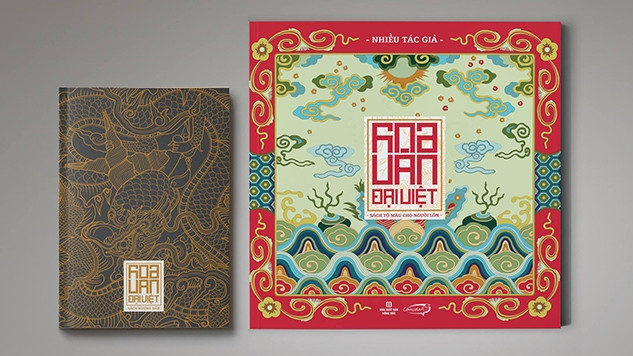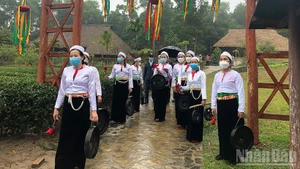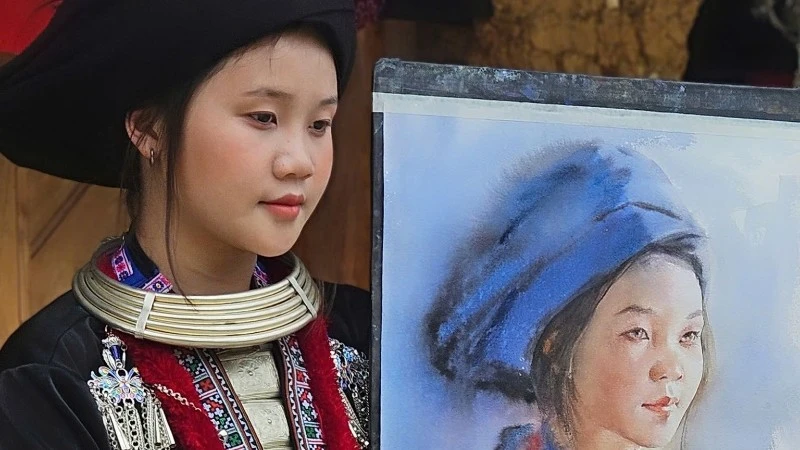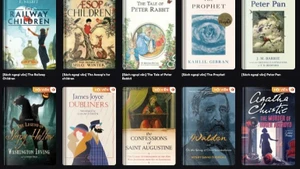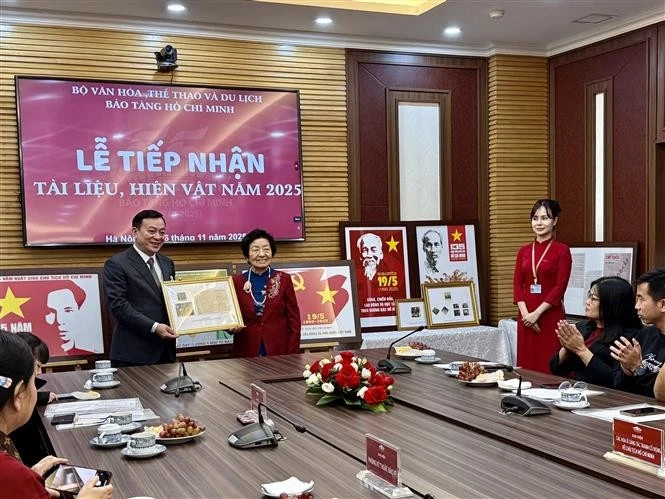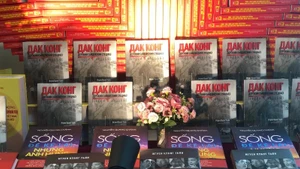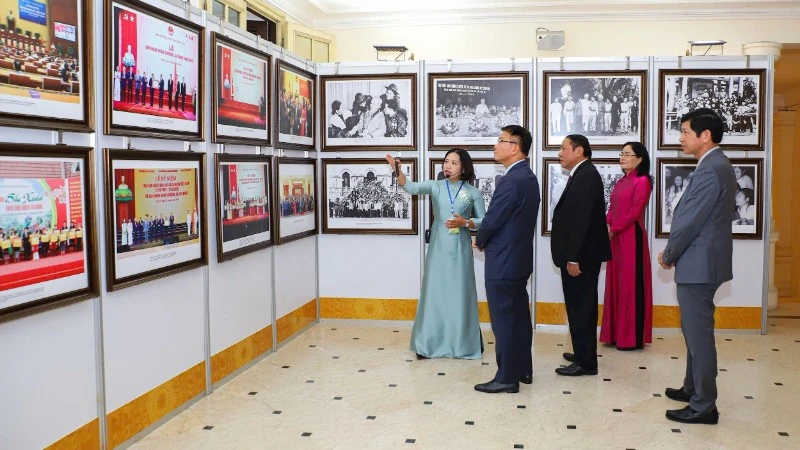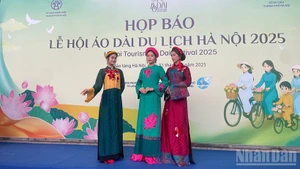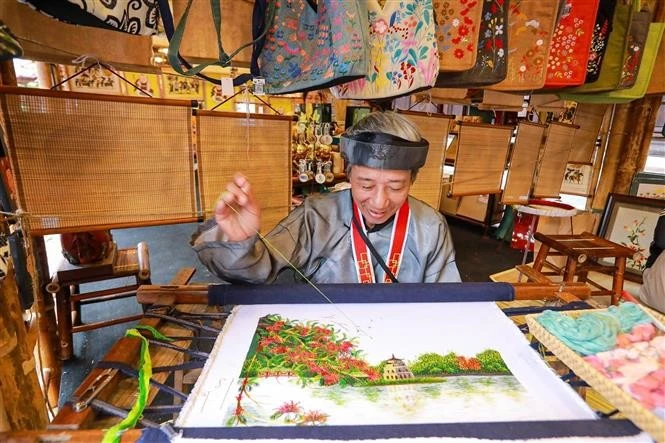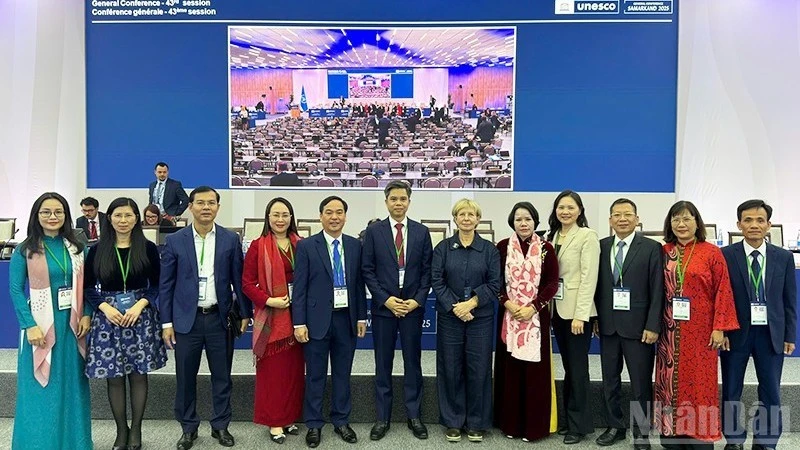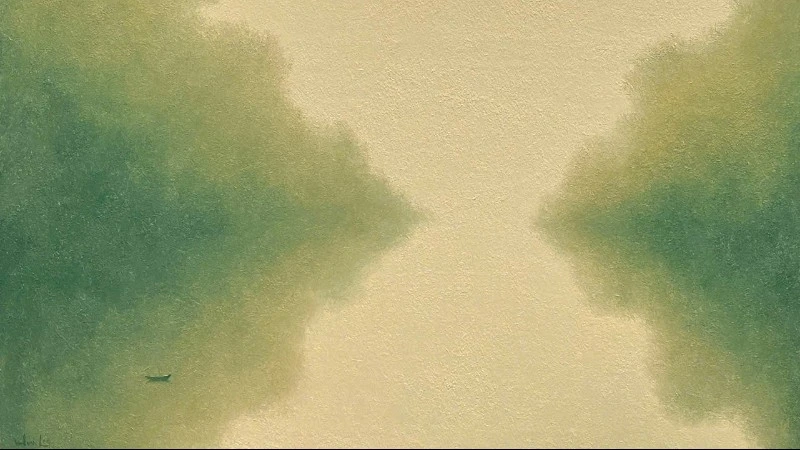Established in 2014, the Dai Viet Co Phong (Ancient Great Viet) group brings together youngsters who share a common passion for Vietnam’s ancient culture and aspirations for accurately reviving the country’s time-honoured cultural values.
Dai Viet Co Phong’s operation focuses on two major objectives. The first is to research and popularise knowledge on Vietnam’s authentic culture from the Ly to the Nguyen Dynasties. The second is to reproduce Vietnam’s culture through paintings, models and films so that youngsters today can image it.
One might make a long speech about how beautiful and charming Vietnamese patterns and fine arts, but it could be a challenge for him simply to identify a typical Vietnamese traditional pattern. That is why many decorations, seen on postcards or in house interiors, have been designed with foreign patterns.
Painter Cu Minh Khoi recalled the time when he was invited to judge at a painting competition on historical themes and he witnessed a “disaster,” that many young competitors painted so beautifully that their works surprised the jury, but they purely followed the Japanese comic style.
On another occasion, when he was invited for design costumes for King-Monk Tran Nhan Tong, he realised another shortcoming: although we are living in the digital age, he could hardly find a Vietnamese ancient pattern which had been digitised to apply for his design.
He shared his story with his friends on the Dai Viet Co Phong online forum, which gathers Vietnamese youngsters who have a common passion for Vietnamese culture, and raised the idea of building a digital database of Vietnamese ancient patterns. His idea received much enthusiastic support, and the “Patterns of Great Viet” project was launched in January 2016.
In the first stage, Khoi and other members have visited many historical sites across the country to take photos of patterns on stone steles and the roofs of temples and shrines for documentation. They have also collected patterns seen on Vietnamese antiques sold abroad. In the next stage, they selected the typical and outstanding patterns of each dynasty with the consultation of fine arts researchers and painters. They then classified the ancient patterns by dynasty, and used vector technology to redraw and digitise the patterns.
During their work, they have faced a number of difficulties. Each ancient pattern comprises hundreds of sophisticated details, while the samples the group members collected were not often kept intact. Therefore, they had to conduct deeper research on the fine arts of each dynasty to recover the missing details and asked for the assessments of veteran researchers. Some patterns took them months to complete.
A book introducing 250 ancient patterns of Vietnam from the Ly to the Nguyen Dynasties, using vector technology under the project, was made public at a ceremony held in January 2017, drawing much interest and appreciation from the community. The group’s member also published a drawing book on the same theme on the occasion.
At the event, the project’s members also delivered short presentations about the patterns, showing the audience their responsibility, their thirst for knowledge and their capacity to use technology to preserve their ancestors’ heritage.
200 out of 250 patterns were uploaded onto the Internet for the community to use for free, under the project’s slogan of calling on everyone to download and use Vietnamese patterns in their work as much as possible. The remaining 50 patterns require customers to pay fees to download.
The vector sets of patterns has a huge scope for application and can be used for architectural decoration, embroidery, traditional costumes, painting, illustrations for comics, which is the quickest way to reach Vietnamese teenagers.
Evaluating the project, painter and fine arts researcher Nguyen Manh Duc said that through their knowledge, and their understanding of technology have succeeded in upholding Vietnamese traditional culture in today’s life against cultural invasion. He believed that the project would create a firm foundation to apply traditional fine arts in daily life, which is the best way to preserve traditional heritage.
